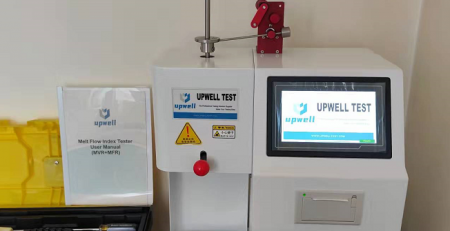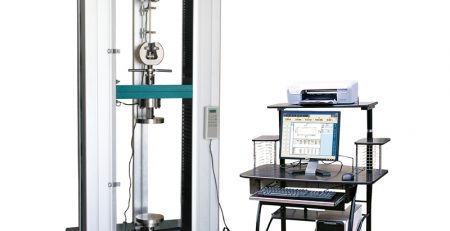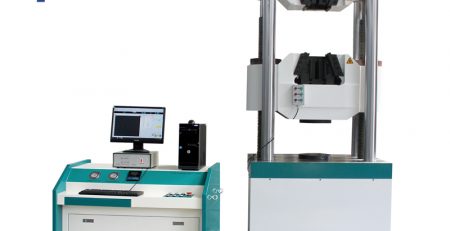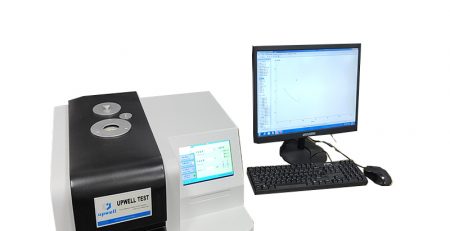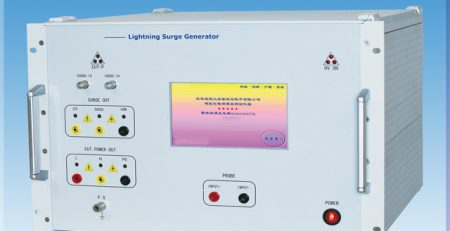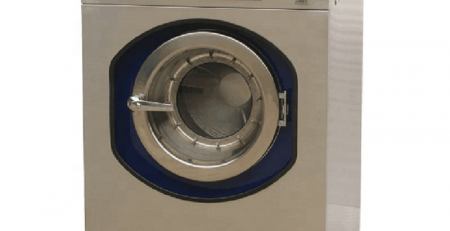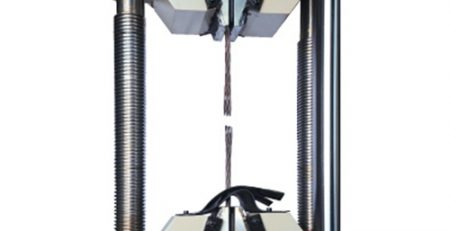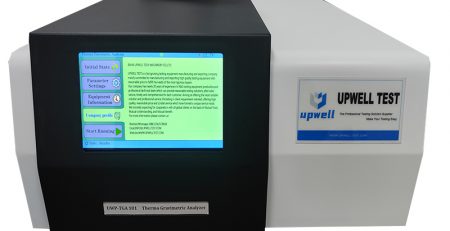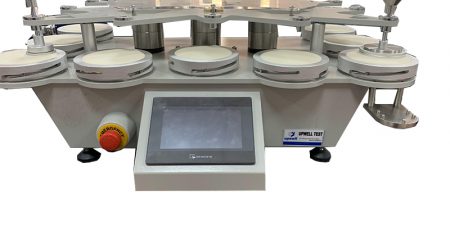1) The influence of the instrument
① Influence of buoyancy
- a) When the thermal balance is in the hot zone, the weight of its components to displace the air during the heating process is decreasing, that is, the buoyancy is decreasing, that is, the performance of the sample increases.
- b) The atmosphere around the thermal balance sample becomes lighter when heated, and will rise upward, forming an upward hot air flow, which acts on the thermal balance and is equivalent to weight loss, which is called convection effect.
② Influence of Crucible
The material of the crucible (or sample cup and sample dish) used for thermal analysis is required to be inert to the sample, intermediate product, final product and atmosphere, that is, neither reactive nor catalytically active.
③ Influence of volatilization and recondensation
The volatiles escaped during the thermal analysis of the sample may be re-condensed in other parts of the thermal balance, which not only contaminates the food, but also lowers the measured weight loss. After the temperature rises further, these condensates may volatilize again. False weightlessness distorts the TG curve, making the measurement inaccurate and unrepeatable. In order to solve this problem, a proper amount of gas can be passed to the thermal balance.
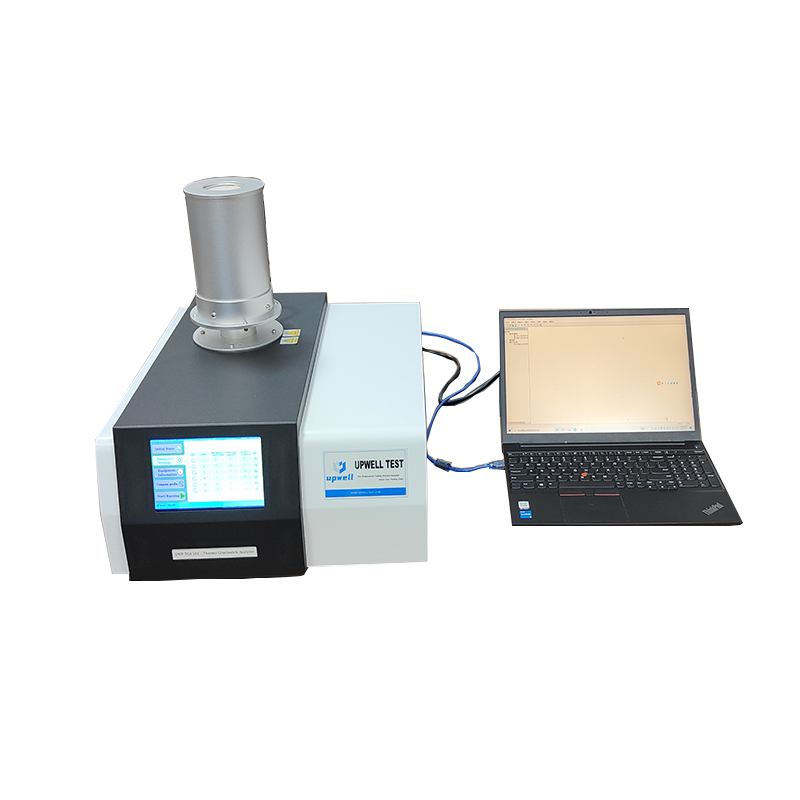
Thermal Gravimetric Analyzer tga
2) The influence of operating conditions
① Influence of heating rate
This is the biggest factor for TG determination. The greater the heating rate, the more serious the temperature hysteresis, and the higher the starting decomposition temperature Ti and the ending decomposition temperature Tf. The temperature range is also wider.
Generally, a high heating rate should not be used for thermogravimetric measurement. Generally, 5-10°C/min is used for polymer samples with poor heat transfer, and 10-20°C/min for inorganic and metal samples with good heat transfer. min, even lower for kinetic analysis.
② Influence of atmosphere
Changes in the atmosphere around the thermobalance also have a very significant effect on the TG curve.
When TG measurement is carried out in a flowing atmosphere, whether the flow rate, the purity of the atmosphere, the temperature of the intake air, etc. are stable, etc., have an impact on the TG curve. Generally, high airflow velocity is favorable for heat transfer and diffusion of escaping gas. Reduce the thermal decomposition temperature. For vacuum and high pressure thermobalances, atmospheric pressure also has a large effect on TG.
③ Influence of sample dosage, particle size and filling condition
- a) When the amount of sample is large, it will take a long time for the interior to reach the decomposition temperature.
- b) The effect of sample particle size on the TG curve is similar to the effect of the dosage. The smaller the particle size, the larger the reaction area, the easier the reaction, and the faster the reaction. The Ti and Tf of the TG curve are both low and the reaction interval is narrow.
- c) The loading of the sample requires uniform particles first, and sieves if necessary.
Any question please contact WWW.UPWELLTEST.COM or Email :info@upwelltest.com


